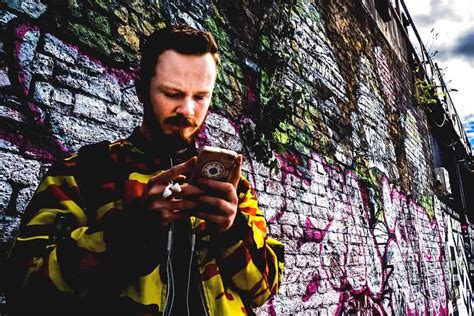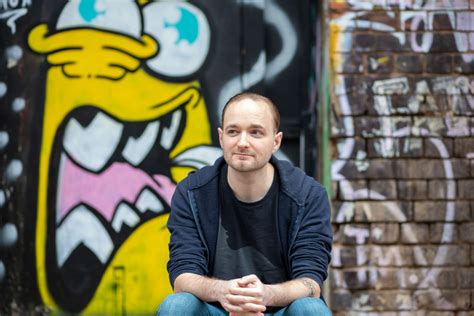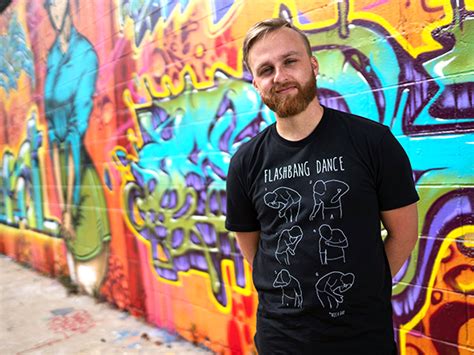Graffiti art, once seen as mere vandalism by rebellious youths, has evolved into a respected form of artistic expression. Emerging in the late 20th century, graffiti began as an underground movement, providing a voice for marginalized communities. Over the decades, it has transformed, adopting new styles and techniques, and significantly impacting urban culture and public spaces. Today, graffiti art is recognized for its ability to convey powerful social commentary and has gained acceptance in mainstream culture. This article explores the origins and evolution of graffiti art, its role in protest and social commentary, the influence of key artists, and its journey from illicit
Discover more about this topic with gamesfats.com in detail.
1. Origins and early history of graffiti art.
The origins of graffiti art can be traced back to ancient civilizations where inscriptions and drawings on walls served as early forms of communication and expression. However, the modern graffiti movement as we know it began in the late 1960s and early 1970s in the streets of New York City. Young people, primarily from marginalized communities, used graffiti as a way to make their voices heard and to claim space in a city that often overlooked them.
One of the earliest known graffiti artists was a Greek teenager named Demetrius, who went by the tag “Taki 183.” His prolific tagging across Manhattan in the early 1970s garnered widespread attention and inspired a wave of imitators. This marked the beginning of graffiti as a recognizable and influential cultural phenomenon. As the movement grew, so did the complexity and style of the artwork. Simple tags evolved into more elaborate pieces, incorporating vibrant colors, intricate designs, and distinct lettering styles.
The early history of graffiti was characterized by its rebellious nature and its role as a form of resistance against social and economic inequalities. It was a way for young artists to express their frustrations and to create a sense of identity and community within the urban landscape.

2. Graffiti as a form of protest and social commentary.
Graffiti has long served as a powerful form of protest and social commentary, allowing marginalized voices to speak out against injustice and inequality. In the turbulent political landscape of the 1970s and 1980s, graffiti became a medium for expressing dissent and challenging the status quo. Artists used walls and public spaces as canvases to highlight issues such as racial discrimination, economic disparity, and police brutality.
The raw and unfiltered nature of graffiti made it an effective tool for communicating messages that were often ignored or suppressed by mainstream media. Slogans, symbols, and striking imagery were employed to capture the public’s attention and provoke thought and discussion. Graffiti provided a platform for artists to connect with their communities, offering a visual representation of collective struggles and aspirations.
Through their art, graffiti writers were able to document the social and political climate of their times, creating a visual archive of resistance and resilience. This tradition of using graffiti as a voice for the voiceless continues today, as contemporary artists address ongoing social issues and advocate for change.

3. Evolution of graffiti styles and techniques.
The evolution of graffiti styles and techniques is a testament to the creativity and innovation of its practitioners. In its early days, graffiti primarily consisted of simple tags—stylized signatures used by artists to mark their presence. These tags, often created quickly to avoid detection, laid the foundation for more complex forms of graffiti.
As the movement gained momentum, artists began experimenting with new styles and techniques. Wildstyle emerged as a popular style, characterized by intricate, interlocking letters and abstract forms that were often difficult to decipher. This complexity became a way for artists to challenge each other and showcase their skills.
The introduction of spray paint revolutionized graffiti art, offering a versatile medium that allowed for greater expression and detail. Artists developed techniques such as fades, shading, and outlines to add depth and dimension to their work. Stencils also became a popular tool, enabling artists to create detailed and repeatable designs quickly.
Graffiti evolved from simple lettering to elaborate murals, incorporating a wide range of colors, themes, and artistic influences. The influence of hip-hop culture played a significant role in this evolution, with graffiti becoming one of the four pillars of the movement alongside DJing, MCing, and breakdancing.
Today, graffiti continues to evolve, with artists pushing boundaries and exploring new mediums, styles, and messages, reflecting the ever-changing urban landscape and societal issues.

4. Influence of graffiti on urban culture and public spaces.
Graffiti has had a profound influence on urban culture and the perception of public spaces. Originally seen as a form of vandalism, graffiti has transformed many urban environments into vibrant, dynamic canvases that reflect the community’s spirit and creativity. This transformation has significantly impacted the cultural fabric of cities worldwide.
In many urban areas, graffiti has become a vital part of the local identity, turning mundane walls and structures into powerful visual statements. It has fostered a sense of ownership and pride among residents, who see these artworks as representations of their collective experiences and voices. This shift in perception has led to the recognition of graffiti as a legitimate art form, with cities like Berlin, London, and New York embracing it as part of their cultural heritage.
Public spaces have been reimagined through graffiti, transforming neglected or overlooked areas into popular destinations. Murals and street art projects have revitalized neighborhoods, attracting tourists and promoting local businesses. This has also led to the creation of legal graffiti zones and festivals, where artists can showcase their work without the risk of legal repercussions.
Moreover, graffiti has influenced other creative fields, including fashion, advertising, and graphic design, further embedding itself in contemporary culture. Its bold, expressive style and its roots in social commentary have made it a powerful tool for brands and artists alike to connect with a broader audience and address pressing social issues.

5. Prominent graffiti artists and their contributions.
Several prominent graffiti artists have played a crucial role in shaping the movement and elevating it to new heights. Among the early pioneers is Jean-Michel Basquiat, who began his career under the tag “SAMO” in the late 1970s. Basquiat’s graffiti work, which combined text and imagery to address social and political issues, transitioned into a successful fine art career, influencing the art world significantly.
Keith Haring is another influential figure, known for his distinctive style featuring bold lines and vibrant colors. Haring’s work often carried social messages, addressing topics such as AIDS awareness and apartheid, and his public murals made his art accessible to a broad audience.
Banksy, perhaps the most famous graffiti artist today, has brought street art to global prominence with his provocative and often politically charged stencils. Banksy’s work critiques societal issues and power structures, blending dark humor with powerful imagery.
Other notable artists include Shepard Fairey, whose “Obey” campaign and iconic “Hope” poster for Barack Obama’s presidential campaign have left a lasting impact, and Futura 2000, known for his abstract graffiti style and contributions to the hip-hop culture.
These artists, among others, have not only pushed the boundaries of graffiti art but have also used their work to provoke thought, inspire change, and elevate graffiti to a respected form of artistic expression.

6. Transition from illegal street art to mainstream acceptance.
The transition of graffiti from illegal street art to mainstream acceptance has been a remarkable journey. Initially viewed as a form of vandalism, graffiti faced significant opposition from law enforcement and property owners. However, as the artistic merits and cultural significance of graffiti became more recognized, perceptions began to shift.
In the 1980s and 1990s, gallery exhibitions featuring graffiti artists like Jean-Michel Basquiat and Keith Haring played a pivotal role in legitimizing the art form. These exhibitions brought graffiti from the streets into the art world, highlighting its creative and expressive potential. As more artists gained recognition, the public began to appreciate graffiti as a legitimate form of artistic expression.
Municipal initiatives also contributed to this shift. Cities like Philadelphia and Los Angeles established legal graffiti walls and sponsored mural projects, providing artists with spaces to create without legal repercussions. These initiatives not only beautified urban areas but also fostered a greater appreciation for street art.
The rise of social media further propelled graffiti into the mainstream, allowing artists to reach a global audience and gain widespread recognition. Today, graffiti is celebrated in museums, galleries, and public spaces worldwide, reflecting its evolution from an underground movement to a respected and influential art form.

7. Current trends and the future of graffiti i
Graffiti continues to evolve, reflecting contemporary trends and pushing the boundaries of artistic expression. One notable trend is the increasing use of digital tools and technology. Artists now incorporate augmented reality, projection mapping, and digital murals into their work, blending traditional graffiti techniques with modern innovations.
The rise of street art festivals and international collaborations has also broadened the scope of graffiti, allowing artists from diverse backgrounds to share their styles and influences. Cities around the world host events that celebrate graffiti, fostering a sense of global community and cultural exchange.
Social and political themes remain central to graffiti, with artists using their work to comment on current events, environmental issues, and social justice movements. This ensures that graffiti remains a relevant and powerful medium for public discourse.
As graffiti gains further acceptance, its future appears promising. Continued innovation, coupled with greater institutional support and public appreciation, will likely lead to new forms and interpretations of graffiti. The art form’s adaptability and ability to resonate with audiences ensure that it will remain a dynamic and influential force in the cultural landscape.

The journey of graffiti art from its rebellious origins to mainstream acceptance illustrates its profound impact on urban culture. As it continues to evolve and adapt to contemporary issues and technologies, graffiti remains a powerful form of expression, reflecting socie
gamesfats.com

